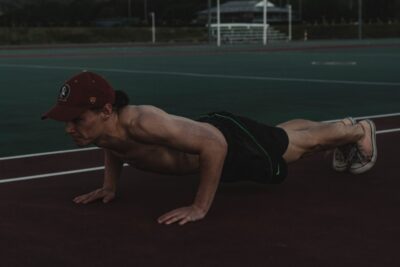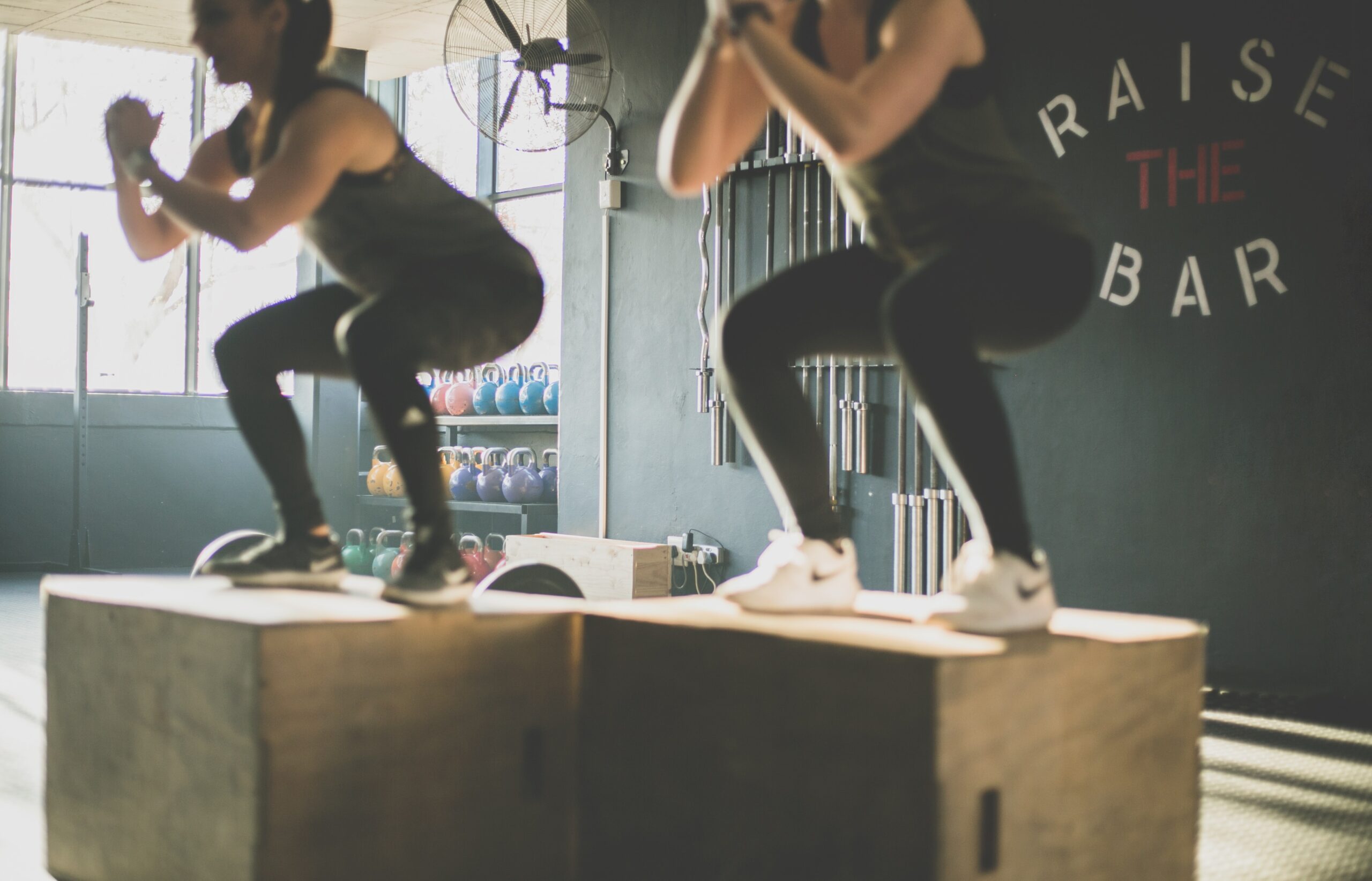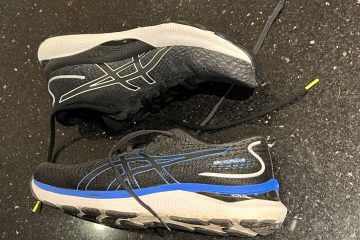This weeks blog is another expert guest author providing further insight for runners and cyclists. Thrilled to have Elliot from Gunsmith Fitness providing the following advice with strength training for runners and cyclists.
Why runners & cyclists need to include strength training
Running or cycling alone are already pretty solid exercises so it may not occur to you to supplement either with strength training, but it’s actually a great idea. Stronger muscles and bones go a long way in helping to prevent injury. It also means increases in strength, power, endurance, speed, and flexibility – so you’ll be stronger, faster, and more efficient runner or cyclist.
But we don’t mean for you to start lifting very heavy weights at the gym now. Strength training that may be ideal for you is a different thing than strength training for, say, a power-lifting athlete. While a stronger upper-body means a more stable core and better form, you’ll need to focus less on
bigger muscles on your chest and arms. But focus more on key group muscles that help your balance and keep you moving forward.

Most effective strength exercises for runners and cyclists
Here are some of the most effective and helpful strength exercises for runners and cyclists:
Dumbbell Row
Place your left knee and hand on a bench, and keep your body horizontal. Take a dumbbell in your right hand, and extend your arm towards the floor. Slowly pull the weight towards you, keeping your elbows close to your waist. Slowly lower back to the start position.
Triceps Dip
Sit on a bench with the heels of your hands on the edge for support. Bend your elbows as you slowly lower yourself down. Slowly push yourself back up, and avoid relying on your legs to do so.
Push Up
Lay face down on a flat surface, hands on either side of your chest, toes tucked under. Slowly push down with your hands and raise your body off the floor. Keep your body straight and avoid stretching your neck. When your arms are fully extended, slowly lower yourself back down. Make sure you don’t lock your elbows once you’ve fully extended your arms, and don’t lower yourself all the way back down before pushing up again.

Step-ups
Stand in front of a bench, or a box strong enough to hold your weight. Place one foot on to the bench. Push off from your rear leg to step up and bring it to a high knee position. Lower it back down to the floor without touching the bench or box. Repeat this for a few times, then switch sides. When you’re bringing your knee up, think of it as moving your hips forward, rather than pulling forward with your knee.

Squats
Stand with feet slightly wider than hip-width apart, toes slightly pointing outwards. Lower yourself down, making sure to bend at the knee and hip, as if you’re about to sit down. Once you’re close to a sitting position, push through your heels and bring yourself up to a standing position. When you’re lowering yourself, be sure to keep your chest up and your knees over your ankles. Squats are also very important to weightlifters, so if you ever choose to focus on lifting heavy weights in the future, you’ve already got a great foundation.
If you are looking for a new pair of running trainers read our comparison of the popular Asics Nimbus vs Asics Cumulus. Two of the most popular neutral running shoes put head to head.
Benefits of Strength training for runners and cyclists
These exercises are great for developing muscles in your upper and lower body. This allows you to maintain a better upright position, inject more power into each stride, and go on longer. Add variety by incorporating dumbbells or kettle bells into these exercises.
For more training tips see our guide to core exercises for triathletes.
About the author
Elliot Robinson is an international fitness model and a competitive athlete. When he’s not working towards competing at the Arnold Classic in Barcelona, he writes for Gunsmith fitness.


